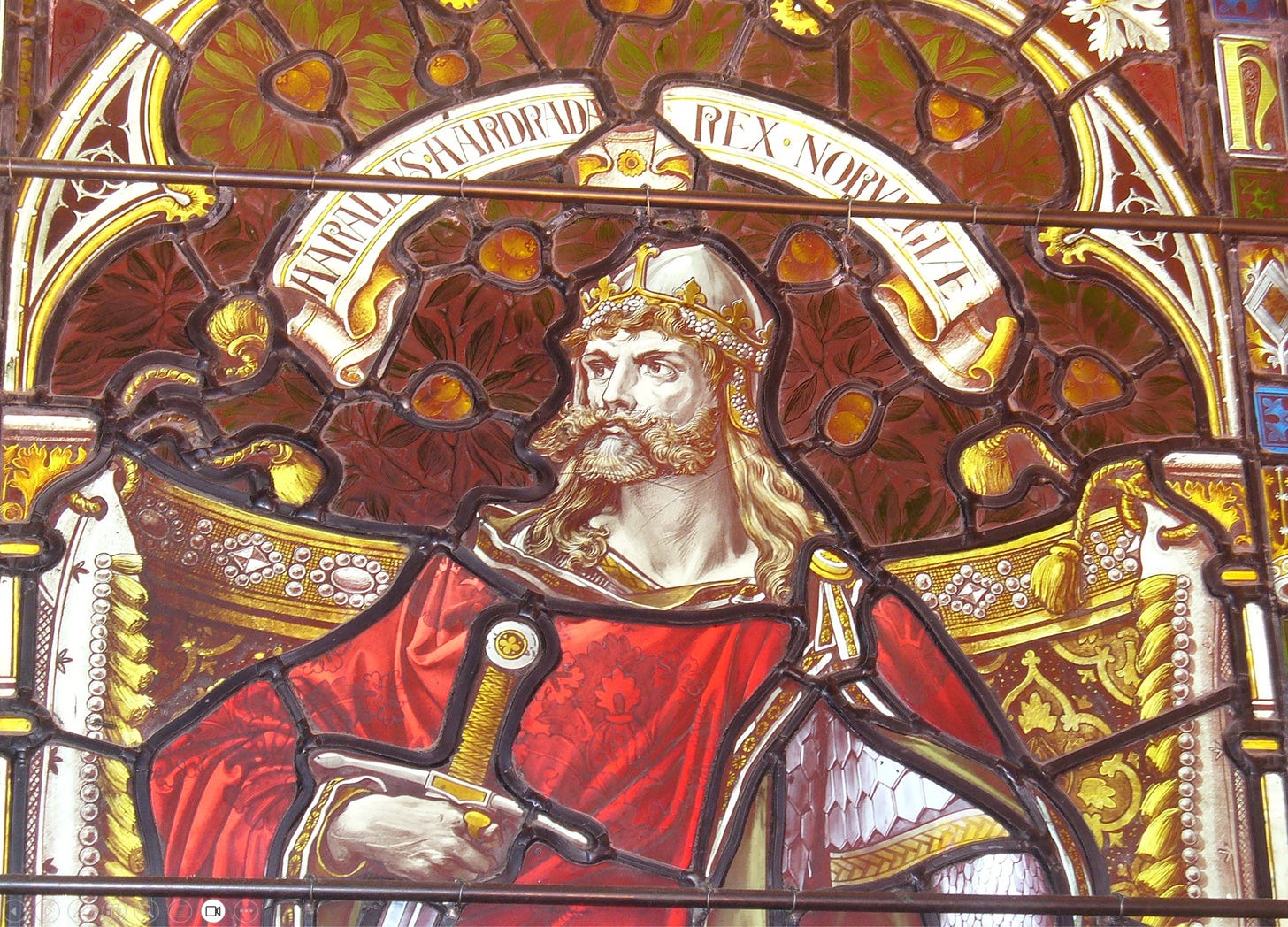
For much of the English-speaking world, the “Viking Age” ostensibly got its start with the infamous raid on Lindisfarne in A.D. 793. But did you know by that time there was already a half century of Viking activity in the East in what is now the Baltic States and all the way south to Ukraine?
And did you also know that they may even have laid the foundation for what is now Russia?
In this episode we wanted to learn a bit more about those eastern Vikings — known there as the Rus, and an elite subset of them known as Varangians who served as “special forces” soldiers in Constantinople — so, we turned to Icelandic scholar and professor of medieval history Sverrir Jakobsson.
Sverrir has researched and written extensively on the medieval and Viking Age history of Iceland, but he has particular interest in the Rus and Varangians who are the subject of his book The Varangians: In God’s Holy Fire.
We learned from him who they were, how we know that from surviving sources such as the Annals of St. Bertin, and how they compared to Vikings in the West. Turns out they started out as the ultimate “others” seen as terrifying forces of nature and, for some at least, ended up becoming honored members of elite society.
A case in point: Sverrir writes about King Harald III of Norway — nicknamed hardrada, or “hard ruler” — who embodies this progression from Viking to mercenary to royalty. His article “Araltes: The Evolution of a Varangian Stereotype” is well worth the read, as is his book, for anyone interested in the fascinating history of the Scandinavians who helped to shape the East and who are so often overlooked.







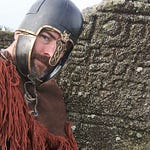
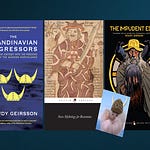
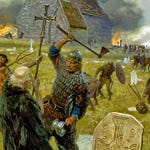

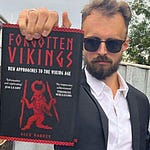


Share this post